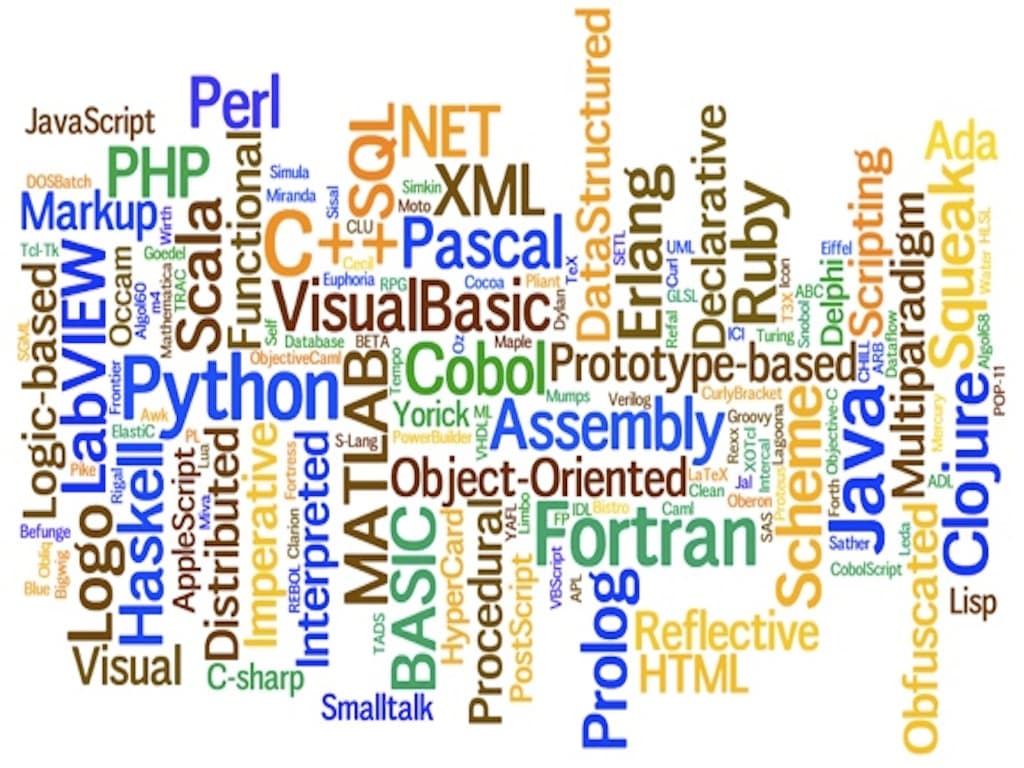I love being a sourcer and getting to use Boolean daily. The best thing about Boolean, in my opinion, is that even when you are wrong, you are only off by a bit.
Using Boolean daily is similar to programming. Programming is essential to our daily lives as it enhances and increases the power of computers and even the Internet.

There are an estimated 500-2000 programming languages (depending on the source one uses; for example, Wikipedia states there are 700+). With additional programming languages being created while writing this article, I was curious about how I might find what languages there are and how to find potential leads who use those particular languages.
TIOBE
An interesting site came up during my research, called TIOBE Software BV. It checks more than 1056 million lines of software code for its customers, worldwide. TIOBE’s clients include Semiconductor, Medical, Energy, Automotive, IT, Aerospace and Finance. What was fascinating to me was their index:
https://www.tiobe.com/tiobe-index/, which is a rating system TIOBE puts out monthly based on criteria, including search engines, quality of programming languages and the ratings when calculated. https://www.tiobe.com/tiobe-index/programming-languages-definition/
You can also find a list of their top fifty programming languages to see what language has the highest rating and which languages are trending for the year. Below are some ways to find languages that made the list.
Python
Python is an object-oriented programming language, which is primarily used for web and application development. Many great leads can be found on the Python Community page, including special interest groups (SIG), forums and conference topics. On the mailing list page, besides mailing lists, there are newsgroups. https://mail.python.org/pipermail/python-list/
Reviewing the archived articles can lead you to potential leads. I dove into the March 2019 archive by “author,” and chose the latest topic and stumbled across a lead with an email address.

Perl
Perl is a family of script programming languages, which are similar to the C language, including Perl 5 and Perl 6. Perl is an open source, general use language. Imagine if Python and shell scripting had a child, it would be Perl.
Perl is typically used for:
- Legacy web systems/interwebs
- Data mining/statistical analysis
- UNIX system administration
- Network prototyping
- Security
Where do the Perl experts hang out? Most likely, on the Perl list page https://lists.perl.org/all.html
What I loved about this site is that you can find user lists based on your particular topic of interest – dig a bit further on the subject, and you can find user groups where other Perl uses can be found.

There was a Comprehensive Perl Archive Network (CPAN) that was popular, but they have moved to the site called MetaCPAN https://metacpan.org/. I found this site most useful, as it has over 13, 744 authors
Psst, if you are adventurous, you can dig into this archive site, which is a document tree of authors https://www.cpan.org/modules/by-authors/00whois.xml – its a long list but has some good finds!
I used this Boolean string to find a list of authors who were on CPAN but now on MetaCPAN site:metacpan.org/authors. My results returned 1210 leads with one possible result having an email address, as well as a possible website to find other useful information for a search.

Finding Other User Groups
I wanted to see what other user groups were searchable. A simple Boolean search of “programming language” user groups led me to 15,300 results. Should you want to find members who have an email address and are affiliated with a user group, you could do “programming language” user groups (gmail.com | yahoo.com), which yielded 35,500 results.
Programming Languages Can Be Entertaining!
If you and your friends find themselves with nothing to do on a Saturday night, check out this cool site http://www.99-bottles-of-beer.net/, which has a collection of the song, “99 Bottles of Beer,” programmed in 1500 different programming languages and variations.
Conclusion
Keeping up-to-date with up-and-coming programming languages can be fun and put you ahead of the competition.
